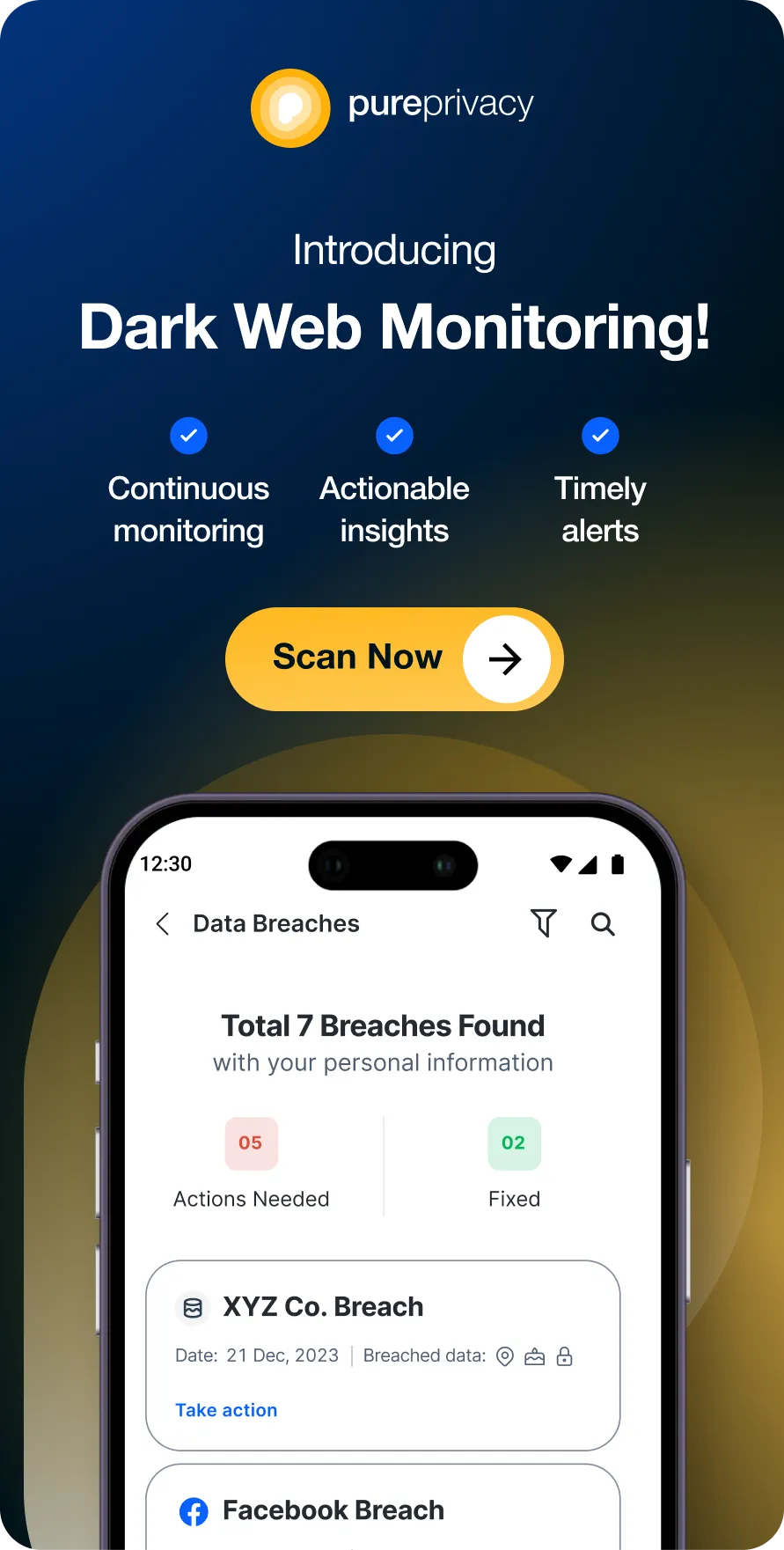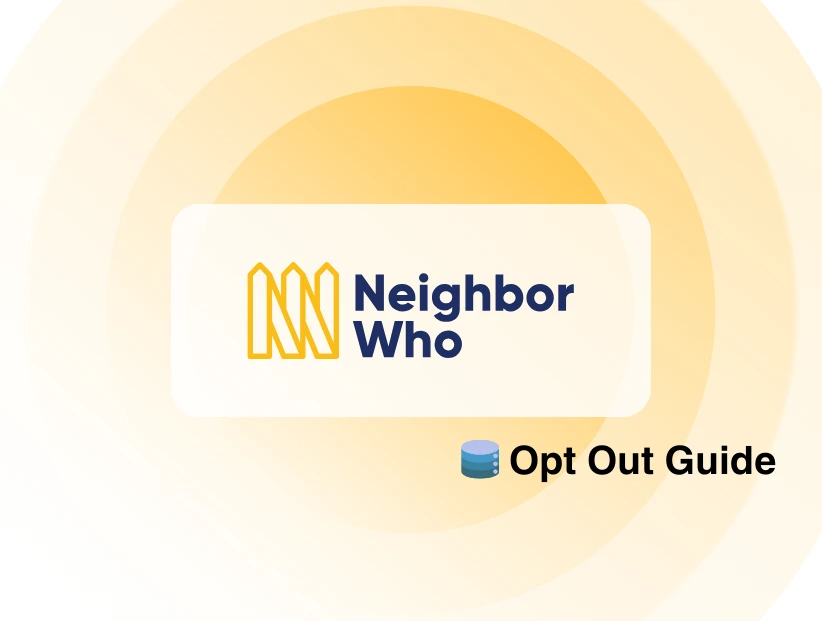Table of Content
- What is Port Forwarding?
- What is CGNAT?
- How to Check if T-Mobile Broadband Uses CGNAT
- How to Port Forward With T-Mobile Home Internet
- General Steps to Open Ports on T-Mobile or Other Routers
- How to Fix NAT Type Restrictions on T-Mobile Routers
- How to Port Forward T-Mobile Home Internet and Bypass CGNAT with PureVPN
- What Else Do You Get with PureVPN?
- In Conclusion
Can you port forward with T-mobile home internet? Port forwarding on T-Mobile home internet can be tricky due to CGNAT restrictions. Let's understand CGNAT barriers and discover how to successfully enable port forwarding on your T-Mobile home internet router.
What is Port Forwarding?
Port forwarding is a networking technique that allows external users to access specific services running on your local network. By opening a port on your router, you create a direct line between incoming traffic and specific devices or applications on your home network. Port forwarding allows you to access servers remotely and host gaming servers or websites.
What is CGNAT?
CGNAT (Carrier-Grade NAT) is a technique used by internet service providers (ISPs) to conserve IP addresses. It allows multiple customers to share a single public IP address, effectively extending the availability of IPV4 addresses.
While this helps ISPs prevent IPV4 exhaustion, it can also lead to challenges for some of us. CGNAT can limit port forwarding and cause connection issues, which affects gaming, remote work, hosting servers, or accessing various devices.
How Does CGNAT Affect Gaming?
CGNAT (Carrier-Grade Network Address Translation) can negatively impact your gaming experience in several ways:
1. Port Forwarding Issues
Many online games rely on port forwarding to establish stable connections between players. CGNAT assigns shared public IP addresses to multiple users, making it difficult or impossible to forward ports effectively which can lead to connection problems, lag, and difficulty joining multiplayer games.
2. Double NAT
If you have a router behind a CGNAT connection, it creates a "double NAT" situation which causes additional latency and packet loss, further degrading your gaming performance.
3. Limited Server Hosting
CGNAT prevents you from hosting your game servers. It limits your ability to play with friends or run custom game servers.
4. Increased Latency and Jitter
CGNAT can introduce additional network hops and processing delays, leading to increased latency and jitter which results in slower response times and less smooth gameplay.
5. Difficulty with Voice Chat
Some voice chat applications may not work properly with CGNAT, making it difficult to communicate with other players.
How to Check if T-Mobile Broadband Uses CGNAT
There are two main methods to check if your T-Mobile broadband connection is using CGNAT:
Method 1: Check the WAN IP Address
- Open a web browser and enter your router's IP address (usually 192.168.0.1 or 192.168.1.1).
- Enter your router's username and password.
- Look for a section labeled "WAN IP," "Internet IP," or something similar.
- Check the IP range: If the IP address falls within the range of 100.64.0.1 to 100.127.255.254, your connection is likely behind CGNAT.
Method 2: Compare WAN IP and Public IP Address
- Follow steps 1-3 from Method 1.
- Open a web browser and search for "What is my IP address."
- If the WAN IP and public IP addresses are different, your connection is likely behind CGNAT.
How Does CGNAT Impact T-Mobile Home Internet Users?
CGNAT (Carrier-Grade Network Address Translation) can have several impacts on T-Mobile Home Internet users:
- Port Forwarding
CGNAT limits the ability to configure port forwarding effectively, making it difficult to host servers or run online games that require open ports.
- Remote Access
Remotely accessing devices on your home network can be challenging due to CGNAT restrictions.
- Geo-Location Services
Some services may not function correctly, as they rely on your public IP address for geolocation.
- Certain Online Services
Some online services may be restricted or have limited functionality with CGNAT.
Why is Port Forwarding an issue on CGNAT?
CGNAT is used by many ISPs to conserve public IP addresses. Here's why port forwarding doesn't work with CGNAT:
- Shared IP Address
Multiple users share the same public IP address, making it impossible for the ISP to distinguish between different users' devices.
2. NAT Translation
CGNAT involves a translation process that maps private IP addresses (used within your home network) to the shared public IP address. This translation process doesn't allow for specific port forwarding rules to be applied.
How to Port Forward With T-Mobile Home Internet
As discussed earlier, port forwarding with T-mobile home internet is not available due to CGNAT. There are some workarounds to the problem, which can help you open ports and enjoy unlimited access to the internet.
1. Use a Port Forwarding VPN
A VPN (Virtual Private Network) creates a secure, encrypted connection between your device and a remote server. When you connect to a VPN server with port forwarding capabilities, it assigns you a dedicated IP address, effectively bypassing the CGNAT restriction.
VPNs offer a simple way to bypass CGNAT without requiring significant technical knowledge. It also offers additional security benefits by encrypting your internet traffic.
2. Employing an OEM Router
An OEM (Original Equipment Manufacturer) router is a router from a different manufacturer than your internet service provider. These routers often provide better control over network settings, including port forwarding. By configuring your OEM router to forward the necessary ports to your devices, you can potentially bypass CGNAT limitations.
3. Exploring LocalTunnel
LocalTunnel is a service that creates a public URL to access your local server. It exposes your local network to the internet without relying on traditional port forwarding.
It can be a convenient solution for bypassing CGNAT without needing to configure port forwarding settings on your router but might pose some security threats by exposing your online data.
General Steps to Open Ports on T-Mobile or Other Routers
These steps can vary according to the router’s firmware and versions and might not work for some routers, but generally, most routers have the same settings to allow port forwarding.
- Find your router's IP address. This is usually found on a sticker on the bottom or back of the device.
- Open a web browser and enter the IP address in the address bar. You'll be prompted to enter your router's username and password.
- Look for a "Port Forwarding," "Virtual Server," or "NAT" section. This is typically under "Advanced Settings."
Click on "Add New Rule" or a similar option.
Specify Details:
- Service Name: Game Server
- External Port: 27015 (Example for a Half-Life 2 server)
- Internal Port: 27015
- Protocol: UDP
- Internal IP: [Replace with the IP address of your game server device]
- Click "Save" or "Apply" to activate the port forwarding rule.
How to Fix NAT Type Restrictions on T-Mobile Routers
NAT-type restrictions can limit your ability to connect to other players, access certain game features, and experience smooth gameplay. To fix the restriction try these methods:
1. Contact T-Mobile Customer Support
Reach out to T-Mobile's customer support and explain your issue with NAT-type restrictions. They may be able to provide specific troubleshooting steps or solutions tailored to your network setup.
2. Restart Your Router and Modem
Sometimes, a simple restart can resolve network issues. Power off your router and modem, wait for a few minutes, then power them back on.
3. Update Firmware
Ensure that your router and modem are running the latest firmware. Check your manufacturer's website for updates and follow the instructions to install them.
4. Disable IPV6
If your router supports IPv6, try disabling it temporarily. Some ISPs or routers may have issues with IPv6 that can affect NAT type.
5. Enable DMZ Plus
This feature allows your gaming device to have direct communication with the internet, bypassing NAT restrictions. However, it can also pose security risks, so proceed with caution.
6. Use a VPN
A VPN can help bypass NAT restrictions by creating a secure tunnel between your device and the internet. However, some VPNs may introduce additional latency.
7. Request a Static IP Address
If the above methods don't work, you can request a static IP address. Although T-Mobile does not assign a static IP with some of its subscriptions, this method can help resolve NAT-type issues.
How to Port Forward T-Mobile Home Internet and Bypass CGNAT with PureVPN
PureVPN offers a powerful solution to bypass Carrier-Grade NAT (CGNAT) on T-Mobile and open ports for specific applications. By providing a dedicated IP address and port forwarding capabilities, PureVPN allows you to access services that would otherwise be restricted due to CGNAT limitations.
Here's a step-by-step guide:
- Log in to your PureVPN account.
- Click on the "Subscription" tab.
- Select the "Configure" option.
- Specify the ports you want to open and the corresponding protocols (TCP or UDP).
- Click "Apply settings" to activate the new configuration.
What Else Do You Get with PureVPN?
- Open ports for various applications, including gaming, remote access, and file sharing.
- Experience high-speed internet with minimal latency and buffering.
- Enjoy unrestricted browsing without worrying about ISP throttling or censorship.
- Protect your online activities with strong encryption and a dedicated IP address.
How to Fix Double NAT on T-Mobile
Double NAT can hinder network performance. To resolve this issue with T-Mobile, follow these steps:
- Determine whether the double NAT is caused by your T-Mobile gateway or a secondary router in your network.
- Log into both routers using their respective IP addresses in your web browser.
- Turn off the DHCP server on the secondary router to prevent IP address conflicts.
- Use an Ethernet cable to connect the LAN port of your T-Mobile gateway to the WAN port of the secondary router.
- Set your secondary router to bridge mode to disable its routing functions.
- Configure your T-Mobile gateway to provide DNS services to your devices.
- Save the settings and restart both routers.
Note: Some settings might differ with router model and brand.
Frequently Asked Questions (FAQs)
Does T-mobile home internet support port forwarding?
No, T-Mobile Home Internet does not support port forwarding. This is due to their network setup, which uses Carrier-Grade NAT (CGNAT).
Does T-Mobile's home internet support IPV6?
Yes, T-Mobile Home Internet supports IPv6. IPv6 is the next generation of internet protocol and offers several advantages over IPv4, including a much larger address space.
Can I move my T-Mobile home internet to another place?
Yes, you can move your T-Mobile Home Internet service to another location, but you may need to contact T-Mobile to initiate the move and ensure that the new location is within their service area.
Can I do port forwarding on T-Mobile home internet?
Port forwarding is not possible with T-Mobile Home Internet due to their network configuration.
However, there are some workarounds such as using reliable port forwarding and dedicated IP add-ons to ensure a smooth internet connection while opening ports.
How to bypass T-Mobile CGNAT?
While T-Mobile's CGNAT setup makes traditional port forwarding difficult, there are a few methods to bypass it:
- Using a VPN service that supports port forwarding can allow you to establish a secure tunnel to your home network, bypassing the CGNAT restrictions.
- ZeroTier tools create a virtual private network (VPN) among your devices, enabling direct communication even behind CGNAT.
- By combining a Dynamic DNS service with a VPN, you can create a dynamic IP address that points to your home network, allowing you to set up port forwarding through the VPN.
Does T-Mobile Home Internet allow port forwarding?
No, T-Mobile Home Internet doesn't directly support port forwarding due to its CGNAT setup.
Does CGNAT stop port forwarding?
Yes, CGNAT can prevent port forwarding because it assigns many internet users to a single public IP address, making it difficult for incoming traffic to be directed to a specific device on your home network.
Does T-Mobile block ports?
T-Mobile doesn't actively block ports. However, due to CGNAT, incoming traffic cannot be directly forwarded to specific ports on your home network.
In Conclusion
Port forwarding on T-Mobile Home Internet can be challenging due to CGNAT restrictions. However, by using solutions like PureVPN, you can effectively bypass CGNAT and open ports for various applications. Contact our sales rep to know more about opening ports on T-Mobile internet.





